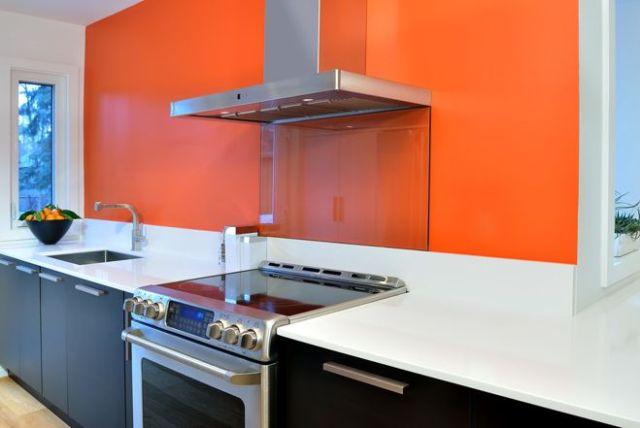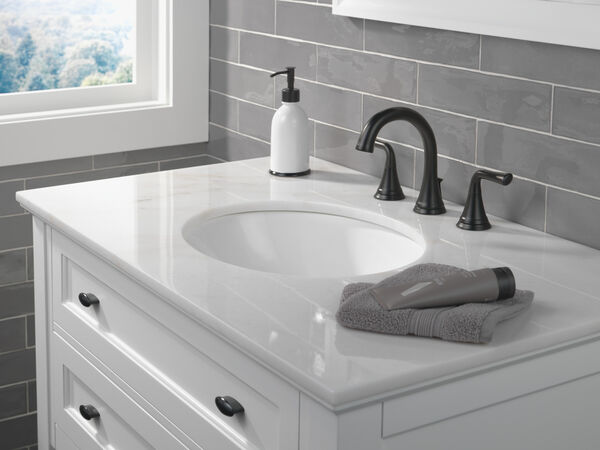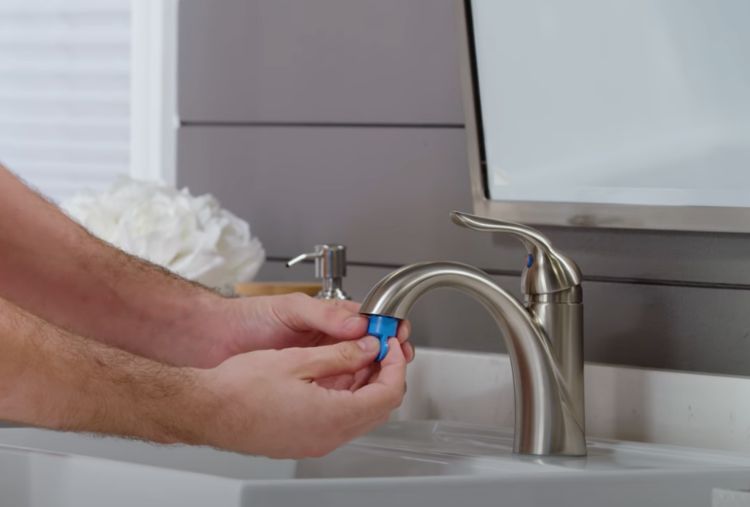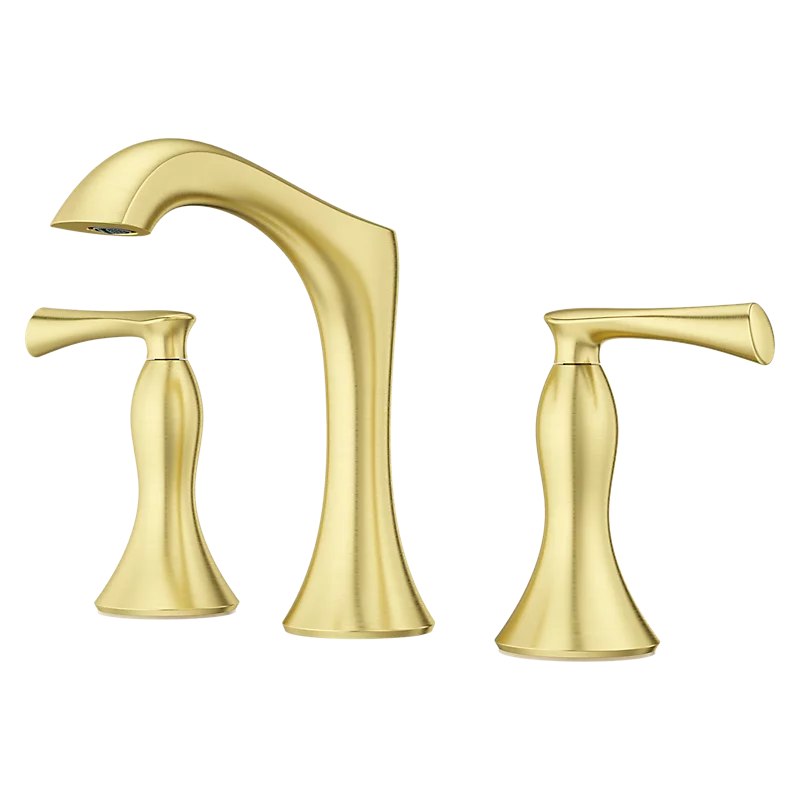Cooking Up Color: 9 Places to Use Orange in a Modern Kitchen
See how this glowing color can create a tasty, zesty design
from houzz
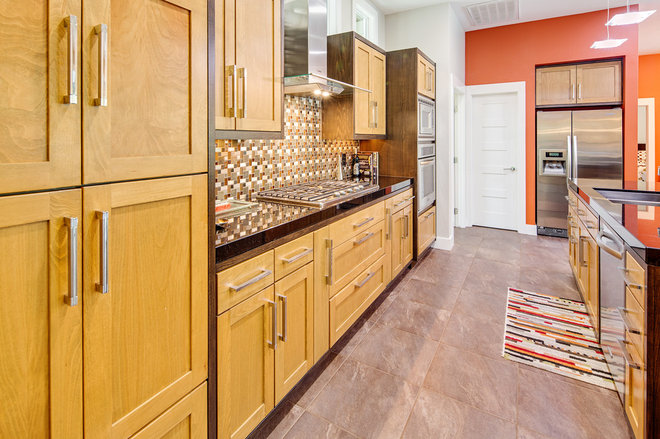
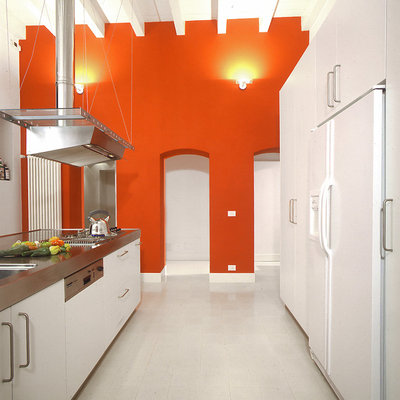
1. Accent Wall
A fantastic low-commitment way to add bold orange to your kitchen is with an accent wall. I know we recently declared that accent walls are a trend on its way out, but personally I still like them, especially when you want to bring in a bright hue.
Because the bold color is on only one wall, it doesn’t come on too strong. And, since it’s just paint, having the wall repainted wouldn’t be a budget buster if and when you are ready to move on to another color.
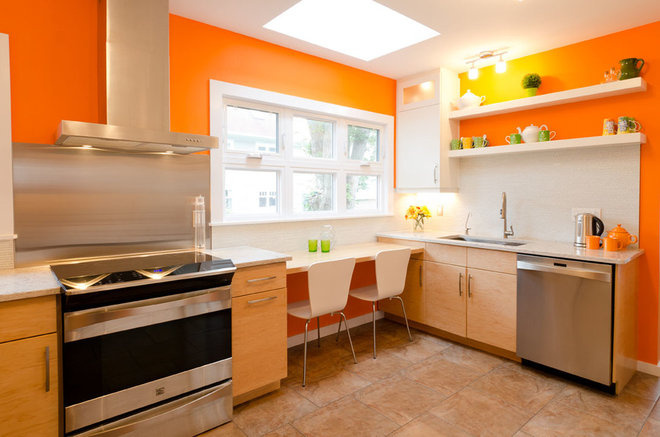
2. All the Walls
Of course if you are really crushing on orange, perhaps you are game for adorning all of the kitchen walls in the outgoing hue, as Trendsetter Renovations did here.
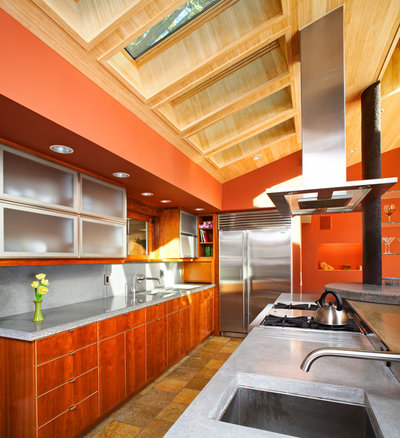
I think such an assertive color works best in kitchens with walls that are broken up, be it by cabinets, windows or appliances, as exemplified in this kitchen by J. Grant Design Studio and in the previous example.
Both of these kitchens feature small areas of orange-painted wall, with the effect of appearing bright and vibrant but still reined in, because you aren’t surrounded by four floor-to-ceiling walls clad in solid orange.
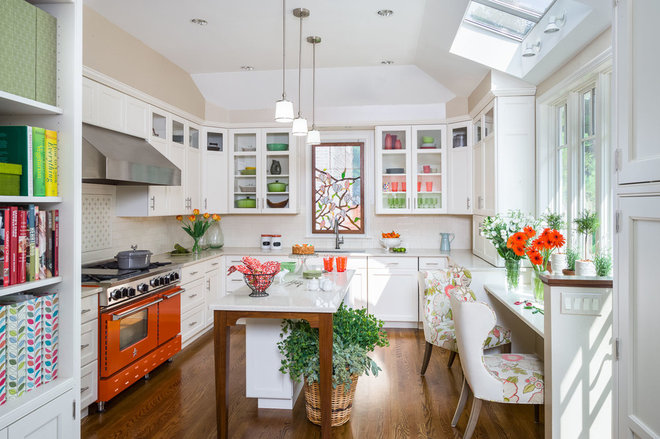
3. Appliances
I’m sensing a crack in the obsession with all-white kitchens (finally!). That doesn’t mean you have to go wild with color, if that’s not your thing. This mostly white kitchen by Fina Design includes dashes of fun color that help give it personality. The focal point is arguably the juicy-hued range, and I like that the color is picked up in smaller dashes throughout the kitchen.
Of course orange appliances are more of a commitment than orange painted walls, so make sure you truly love the hue before going this route.
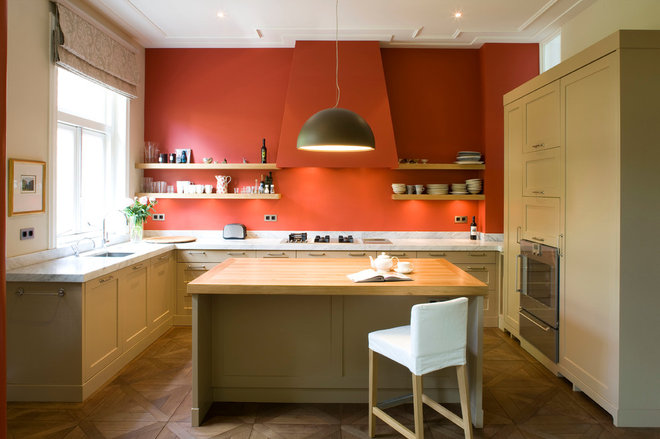
4. Vent Hood Cover
I’ve noticed that it has become popular to either treat the kitchen vent hood as a focal point or make it disappear entirely. Here, by cladding a hood in the same orange as the surrounding wall, it virtually disappears, giving the kitchen less of an industrial feel and more of a warm and homey atmosphere. This is a fantastic design move for those who dislike seeing an expanse of shiny metal appliances in a kitchen.
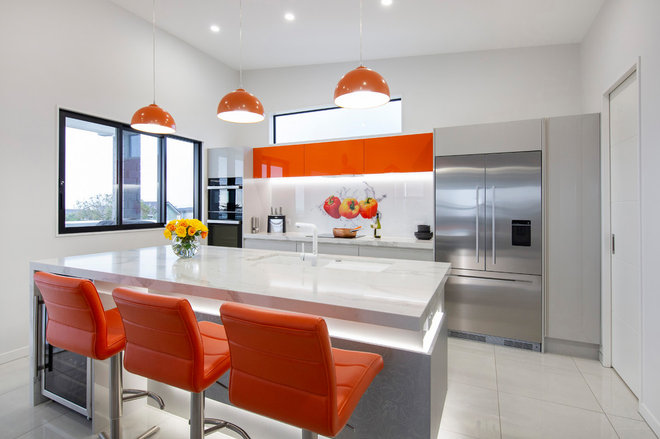
5. Fixtures and Furnishings
When it comes to intense colors, a little can go a long way. Think about adding a zingy orange through furniture and fixtures. I like how the bits and pieces of bold orange playfully injected throughout this modern New Zealand kitchen by Inside Vision warm up the otherwise white-and-stainless steel kitchen.
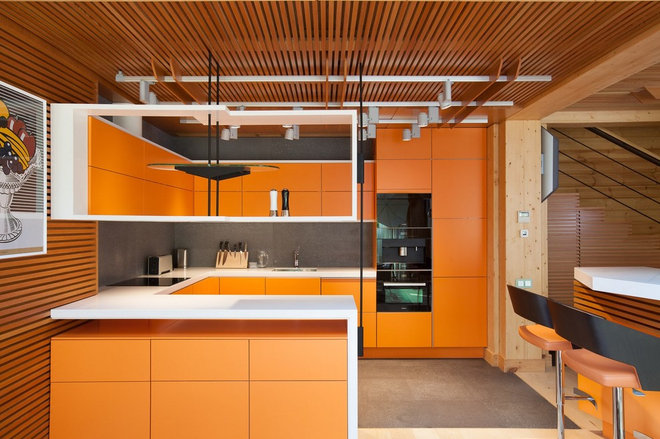
6. Cabinet Fronts
If your kitchen lacks abundant natural light, you might be tempted to select white cabinets. But I’d argue that warm colors, such as this vivacious orange, will help brighten up the kitchen while also creating a cozy, inviting vibe.
Sure, orange cabinets are a bigger color commitment than a painted accent wall, but it’s a more unusual and unexpected way to bring in orange. This is certainly not a cookie-cutter kitchen.
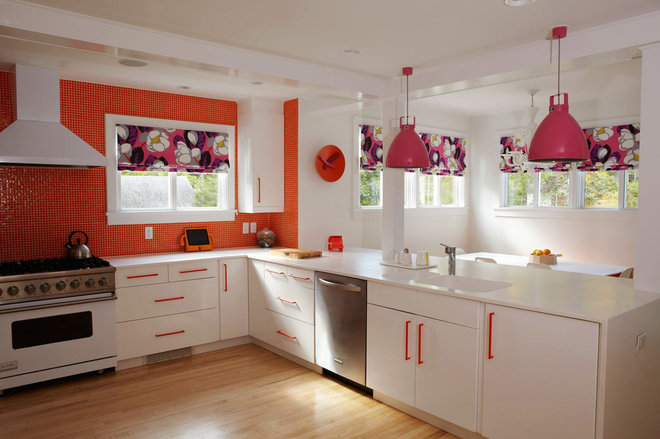
7. Cabinet Pulls
Another unexpected way to get your orange on in the kitchen is with cabinet pulls. Rinaldi Interior Design paired orange pulls with other orange accents in this kitchen to make it look cohesive and less random.
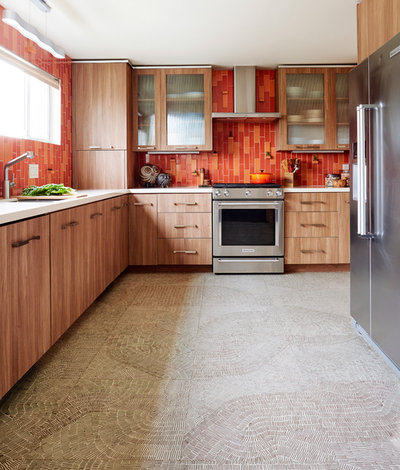
8. Tile
Sure, tile is a pretty big commitment due to the expense of the material itself and the cost of labor to install it, but it’s also a great way to make your favorite color a focal point in your kitchen.
Backsplash tile in a kitchen has evolved from a humble and practical wall-protecting surface material to a feature element. Think about breaking up the color by using tiles in a few shades of orange, as was done in this kitchen by Modern Nest. The tile is fun and adds movement, allowing the eye to dance around the space.
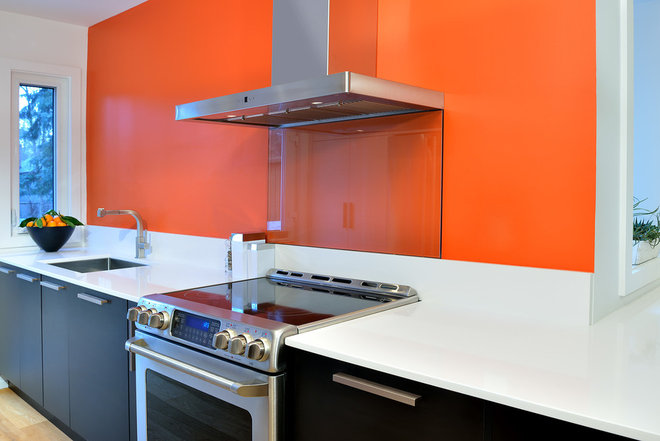
9. Backsplash Wall
If you like the idea of an orange backsplash but don’t want the expense and commitment of tile, think about a painted backsplash. You’ll likely still want a low splash to protect the wall area right above the countertop. You can run the countertop material up onto the wall a few inches, as was done here, or install a short band of tile below the painted area.
You need a noncombustable surface above the range, as specified by the manufacturer of your range and local building codes, but beyond that, you can simply paint the rest of the wall. I’d suggest using semigloss paint, which is more durable and easier to clean than a paint with a matte finish.


